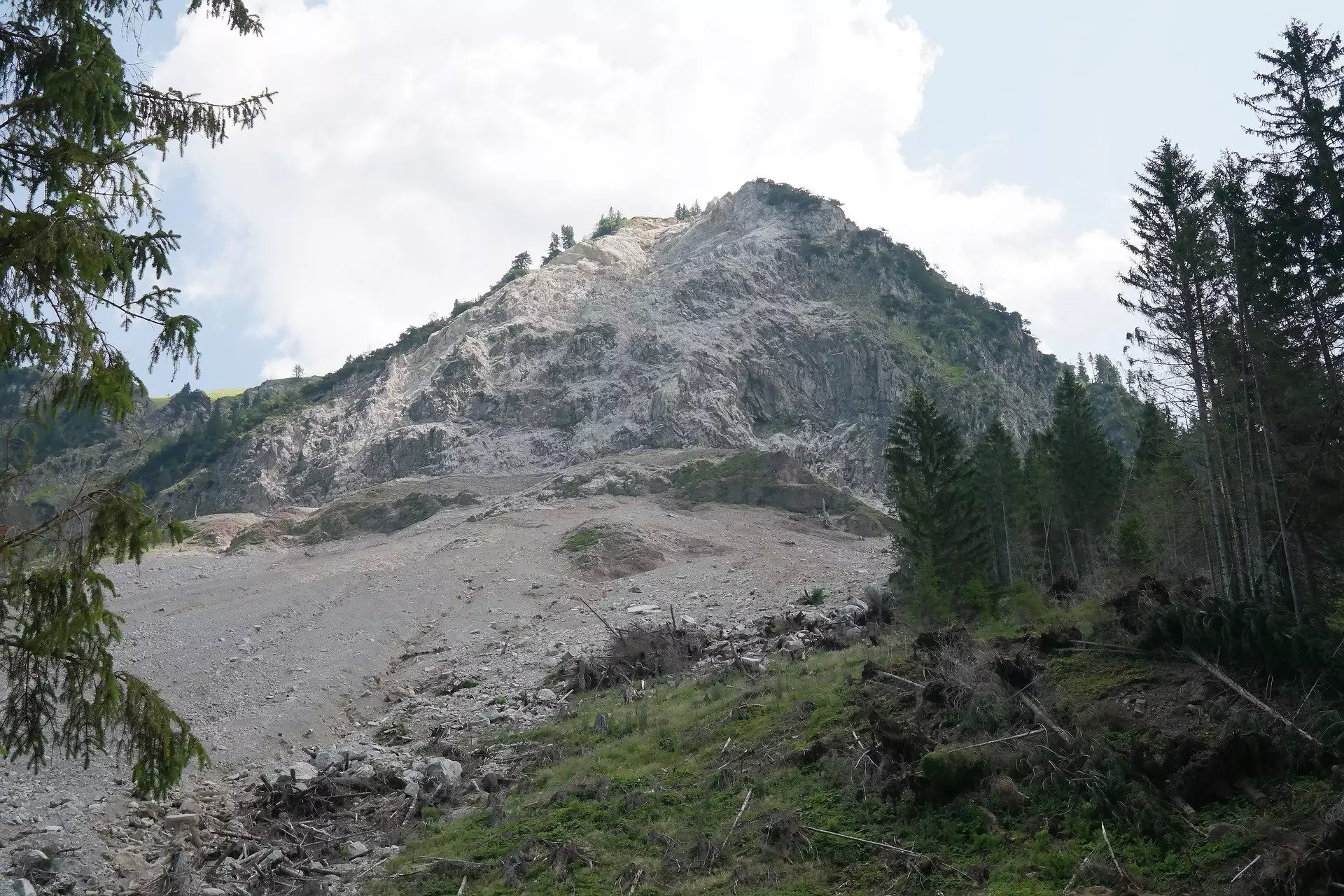Natural disasters, such as earthquakes and landslides, can have devastating effects on communities, infrastructure, and the environment. In a recent study conducted after the 2022 Luding earthquake in China’s Sichuan Province, researchers explored the use of Global Navigation Satellite System (GNSS) data for rapid prediction of earthquake-triggered landslides. This research has significant implications for improving early warning systems and disaster response strategies.
GNSS data plays a crucial role in measuring ground movement during earthquakes. By analyzing GNSS observations, researchers can track the displacement of the Earth’s crust and identify potential areas at risk of landslides. In the case of the Luding earthquake, GNSS data provided valuable insights into the movement of the ground, enabling researchers to develop predictive models for landslide events.
The research conducted by Kejie Chen and colleagues at the Southern University of Science and Technology focused on developing methods for near real-time prediction of earthquake-triggered landslides. Their models accurately identified approximately 80% of the landslide locations caused by the Luding earthquake. This high level of accuracy demonstrates the potential of using GNSS data for rapid landslide prediction.
The Luding earthquake, which resulted in over 6,000 landslides and extensive damage to the region, highlighted the importance of continuous monitoring and improved prediction models for seismic hazards. By combining GNSS data with other sources of information, such as MEMS-based accelerometers, researchers can enhance the accuracy and reliability of landslide predictions. This integrated approach can significantly improve earthquake warning systems and response strategies.
Moving forward, researchers plan to further refine their GNSS prediction methods by incorporating additional data sources and advanced technologies. By leveraging machine learning algorithms and physics-based simulations, researchers can enhance the speed and accuracy of landslide predictions. The integration of GNSS data with other monitoring systems will continue to play a crucial role in mitigating the impact of seismic events and enhancing disaster resilience.
The use of GNSS data for rapid prediction of earthquake-triggered landslides represents a significant advancement in disaster management and risk mitigation. By leveraging cutting-edge technologies and interdisciplinary collaborations, researchers can improve early warning systems and response strategies for seismic hazards. Continued research in this field will contribute to a better understanding of natural disasters and the development of more effective measures to protect communities and infrastructure.


Leave a Reply